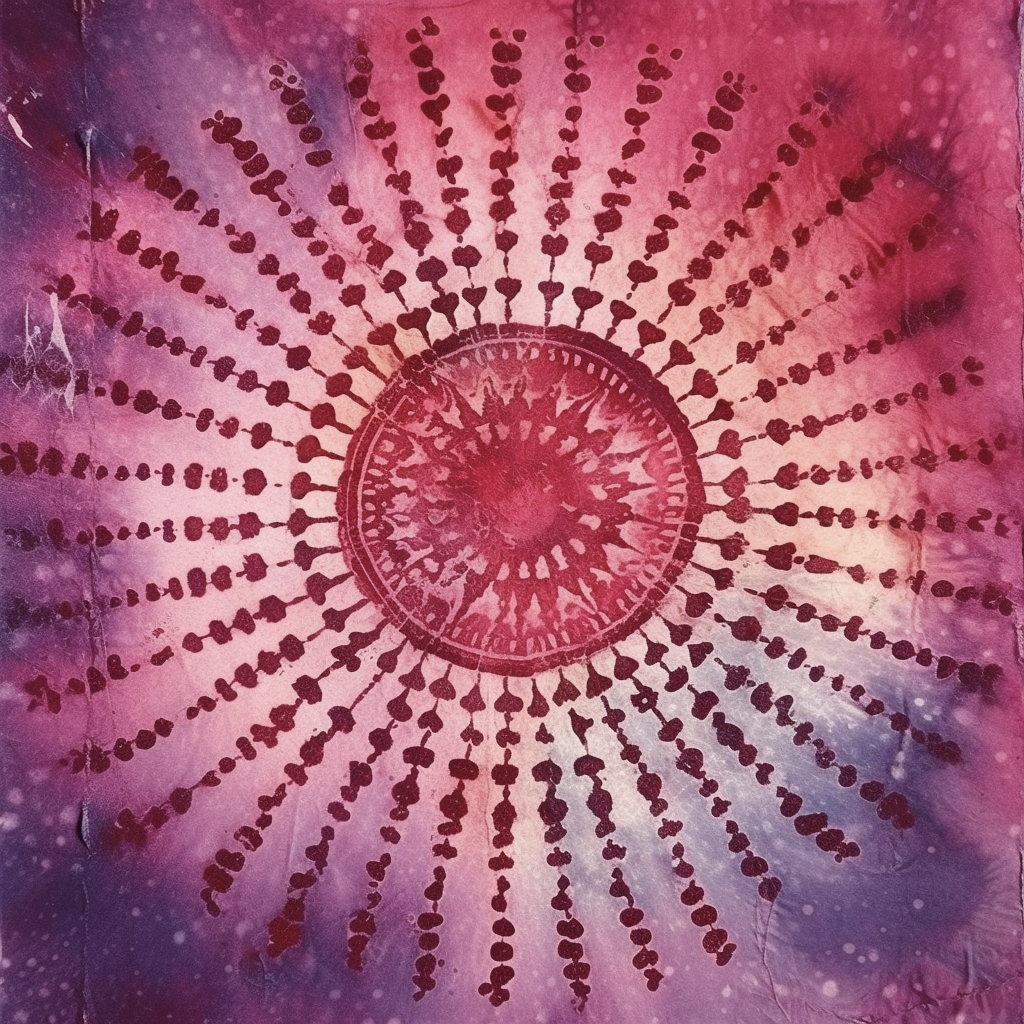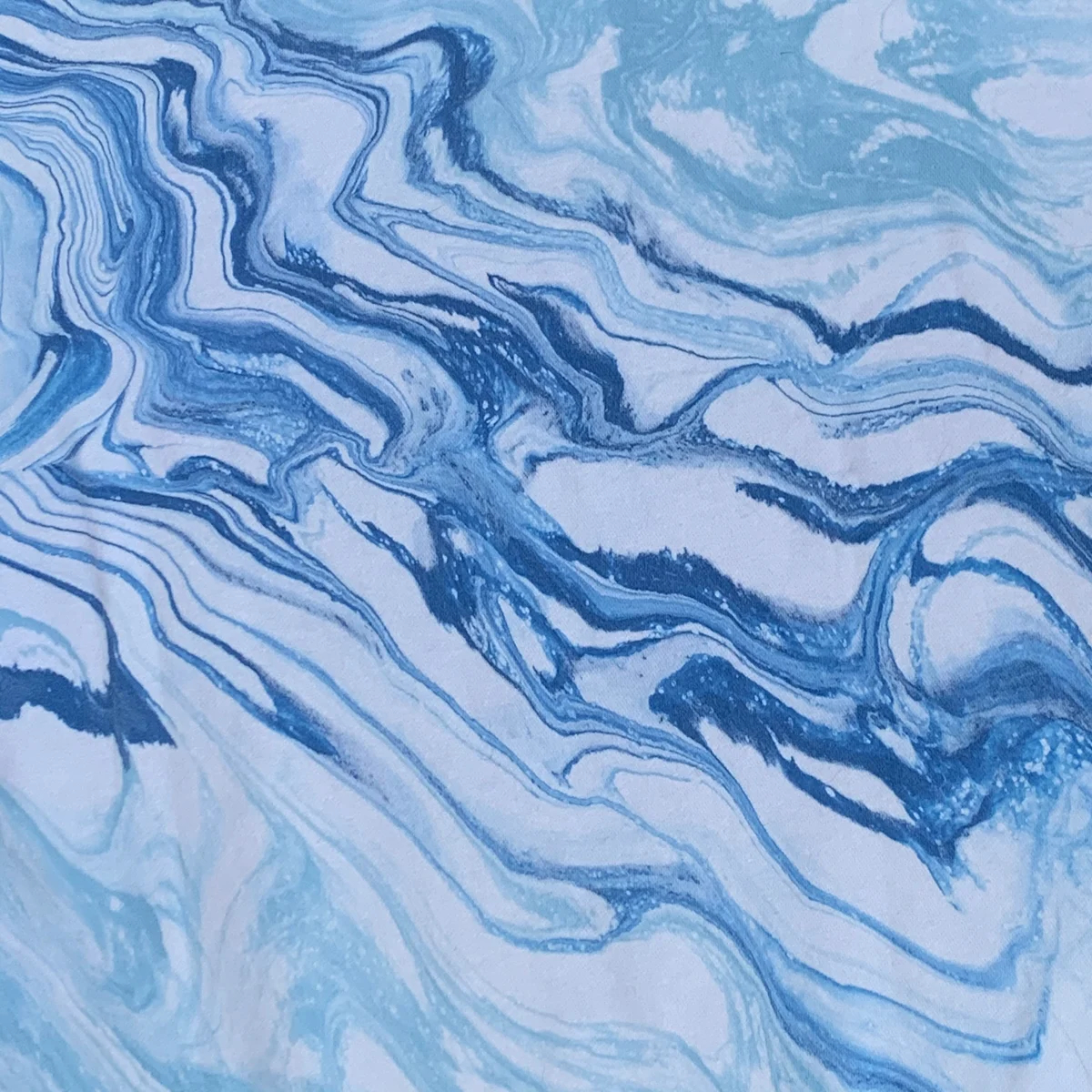March 2024
Experienitial Learning
House of Stole
DYEING WORKSHOP
Experienitial Learning
House of Stole
OVERVIEW
Welcome to the eight day Dyeing Workshop presented by House of Stole!
Before we dive into the program details, let us first define dyeing:
Dyeing is the process of colouring textile materials by immersing them in an aqueous solution of dye called dye liquor. Normally the dye liquor consists of dye, water and an auxiliary to improve the effectiveness of dyeing, and heat is usually applied to the dye liquor.
The general theory of dyeing explains the interaction between dye, fibre, water and dye auxiliary. More specifically it explains:
1. Forces of repulsion which are developed between the dye molecules and the water,
2. Forces of attraction which are developed between the dye and fibre.
Fiber-reactive dyes are primarily used on cellulose fibers like cotton and linen, requiring an alkaline environment to bond permanently, with soda ash commonly employed to raise the pH for this reaction. These dyes are safe, simple, and widely used in the commercial dyeing of cellulosic fabrics.
For protein-based fibers like silk and wool, acid dyes are preferable, working best in acidic conditions to form ionic bonds with the fibers. These dyes are safe and easy to use, with some even approved for food use. Vat dyes, another dye class suitable for cellulose fibers and silk, need to be chemically reduced in a basic solution before dyeing. Post-dyeing, fabrics must undergo 'soaping' to fix the dye and prevent it from rubbing off.
DYEING TECHNIQUES
There are four main dyeing techniques we will explore as part of this program. They are tie-dyeing, tritik dyeing, marble dyeing, and wax/batik dyeing.
1/ TIE-DYEING
Tie-dye is a term used to describe a number of dyeing techniques and the resulting dyed products of these processes. The process of tie-dye typically consists of folding, twisting, pleating, or crumpling fabric or a garment, before binding with string or rubber bands, followed by the application of dye or dyes. Tie-dye is a timeless art form that has evolved and adapted over the centuries, reflecting the creativity and ingenuity of artisans.
This vibrant and colorful technique allows for an endless variety of patterns, from simple circles and stripes to more complex mandalas and spirals, each piece unique to the artisan's method and choice of colors. Tie-dye continues to be a popular method for personalizing clothing and textiles, celebrated for its expressive freedom and the joyful process of creation.

2/ TRITIK DYEING
Tritik dyeing, also known as stitch resist dyeing, is a traditional method of dyeing fabric that involves a form of stitching and binding to create patterns on the fabric. In this technique, certain areas of the fabric are gathered together and stitched tightly before the fabric is dyed. The stitched areas resist the dye, leaving patterns where the dye cannot penetrate.
This method allows for intricate designs and patterns to be created on the fabric, depending on the stitches' placement, tension, and pattern. After dyeing, the stitches are removed to reveal the design. Tritik dyeing is a versatile technique that can produce a wide range of effects, from simple geometric patterns to complex images, depending on the skill and creativity of the dyer. This method is part of a broader category of resist dyeing techniques

3/ MARBLE DYEING
Marble dyeing is a technique that imparts a distinctive, swirling pattern to fabric, reminiscent of natural marble. To achieve this effect, the fabric is first moistened, then gathered and pinched in various places, creating a series of random swirls and folds. This prepared fabric is then either fully immersed in a dye bath or has dye liquor carefully applied to it in an irregular, free-flowing manner.
The random application of dye and the unique folds ensure that the dye sets in a marbled pattern, with each piece of fabric emerging as a one-of-a-kind work of art. The intensity and spread of the dye can be controlled through the fabric's dampness, the folding technique, and the dye application method, allowing for a wide range of artistic expressions. This technique can be used with a variety of dyes and on different types of fabrics, making it a versatile choice for creating striking and beautiful textile designs.

4/ WAX/BATIK DYEING
Batik is one of the oldest textile dyeing techniques in the world, with a rich history spanning various cultures. In this method, hot wax is meticulously applied to the fabric to create intricate patterns and designs before the material is soaked in dyes. The waxed areas resist the dye, preserving the fabric's original color or any previously applied color layers, while the unwaxed areas absorb the dye, creating a vivid contrast. This process can be repeated to add more colors and complexity to the design.
After dyeing, the fabric is washed to remove the wax, revealing the resisted areas and often resulting in a distinctive crackle effect that adds to the visual texture of the fabric. Batik is celebrated for its artistry and the skill required to produce detailed and complex patterns, making each piece a unique work of art. This technique's versatility allows for a wide range of artistic expression, from traditional motifs to modern, abstract designs.
